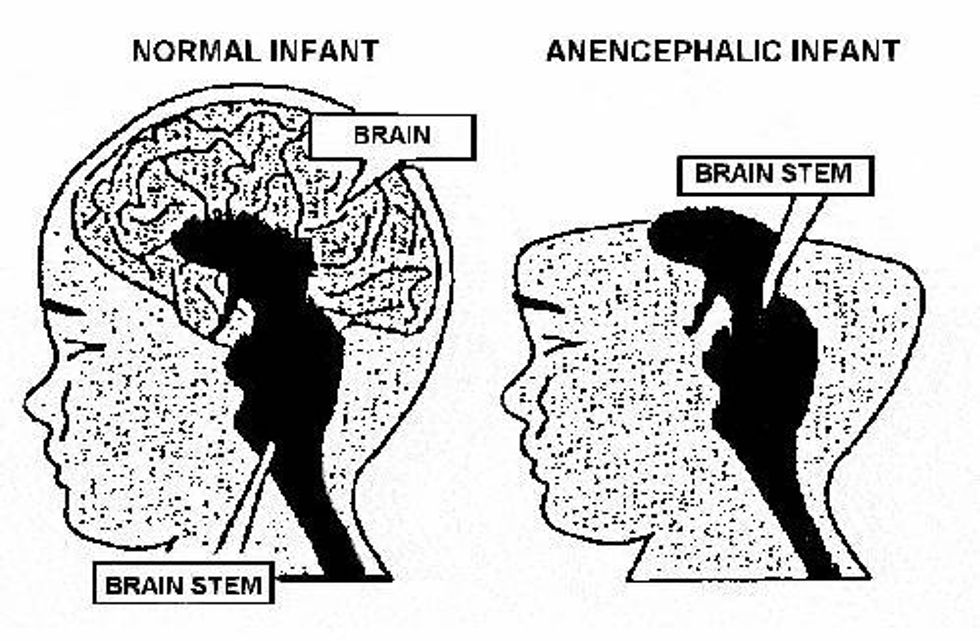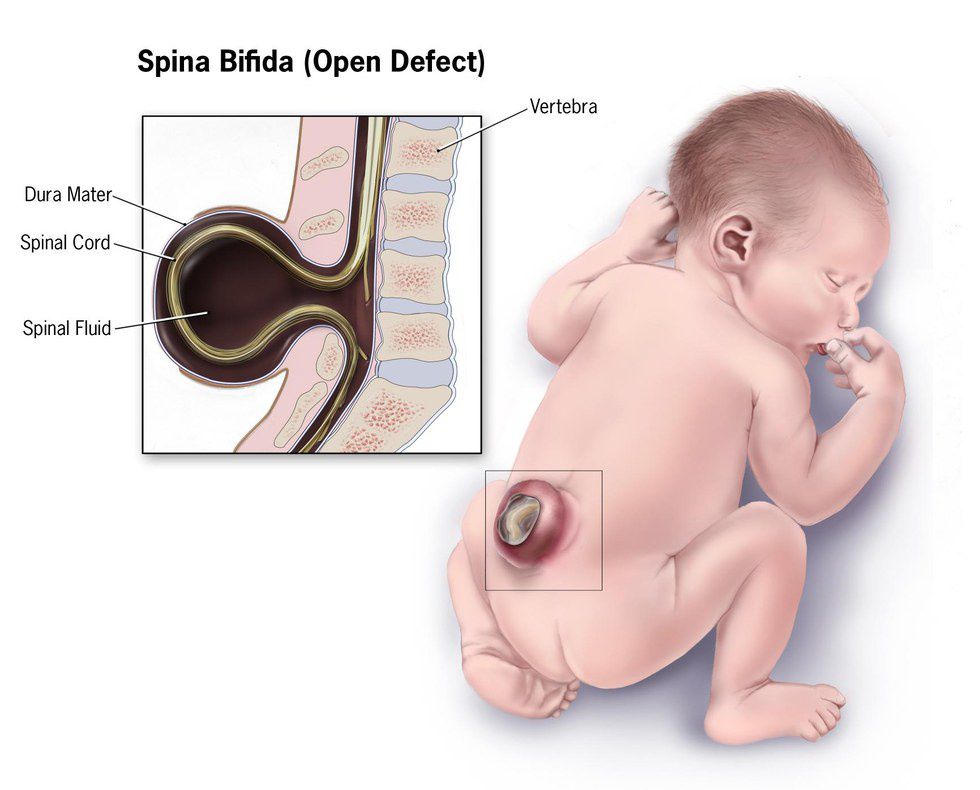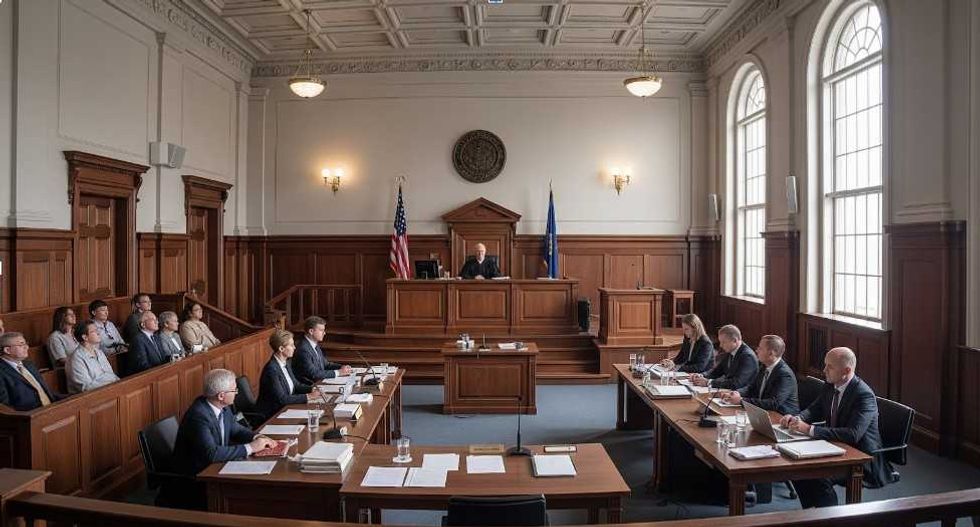Birth defects are not normally something potential parents think about before they have children unless there is a genetic condition already known. Let me tell you why everyone, especially women of childbearing age, should think about the possibility of birth defects.
In October of 2015, my mother discovered she was pregnant. As I stated in a previous article, I have many siblings. When it came time for her first sonogram, we were surprised to find out that she was having twins, a first for our family. These twins would make our family nine children total. Because my mother is over the age of 35, being pregnant automatically qualifies her as high risk and she is required to have genetic testing done. At a later sonogram, the technician noticed that something was not quite right with Baby A (Christopher); his skull was not visible. My parents were told that there was a chance Christopher had a neural tube defect. They were sent to Johns Hopkins for a high-tech ultrasound, where we received the heartbreaking news that Christopher did, in fact, have a neural tube defect. At 13 weeks gestation, he was diagnosed with Acrania, a congenital abnormality characterized by the complete or partial absence of skull bones surrounding the fetal brain. This disorder is deemed incompatible with life outside the womb.
Immediately my mother was pressured to abort Christopher, as doctors were concerned that his condition would cause complications to the health of Baby B, Eli. This option was never considered by my mother or our family. We decided as a family that my mother would carry both the boys to term or as long as she could, and we would cherish the time we had with each of them no matter how little we got. If you would like to, you can learn more about our journey here.
After Christopher’s diagnosis, my mother and I started researching the causes of such birth defects. Doctors informed us that there was no genetic link for Acrania in Christopher’s case.
Anencephaly is closely related to Acrania. Anencephaly is a neural tube defect “in which a baby is born without parts of the brain and skull." The major difference between Acrania and Anencephaly is that with Anencephaly, parts of the brain do not form all the way, whereas in Acrania, the brain fully forms but is not protected by the skull or the skin, allowing amniotic fluid to diminish the brain matter that is exposed. This causes most babies with Acrania to be deemed anencephalic along with the Acrania diagnosis before or after they are born. Both defects are considered fatal outside the womb.
Spina Bifida is another neural tube defect which affects the spine and can accompany Acrania and Anencephaly. Spina Bifida can occur anywhere along the spine if the neural tube does not completely close, causing the spinal column not to form correctly. Leaving the spinal cord unprotected often leads to the spinal nerves being damaged. Spina Bifida has several treatment options depending on the severity of the child’s condition.
Each of these neural tube defects and others like them can potentially be prevented in certain cases where a folic acid deficiency is known. Increased intake of folic acid or folate, also known as vitamin B9, has been proven to decrease the possibility of neural tube defects. Folic acid or folate should be taken by all sexually active women of childbearing age since neural tube defects occur shortly after conception before most women even realize they are pregnant. This is why taking folic acid before pregnancy occurs is so important. The necessary amount of folic acid must be present in your system before pregnancy occurs in order to increase prevention. It is suggested that women of childbearing age take 400 mg of folic acid a day. Folic acid is easily accessible as it is sold over the counter and included in many multi-vitamin supplements. It can also be prescribed by a doctor. Women should also be tested for disorders that cause the body to not absorb folic acid properly.
Educating the general population, as well as furthering medical research on birth defects, will help to prevent their occurrence and illustrate how precious each human life is.
To learn more about the benefits of folic acid, please click here.
This article is written in memory and honor of Christopher Emmanuel Byrum and all other babies affected by neural tube defects.























